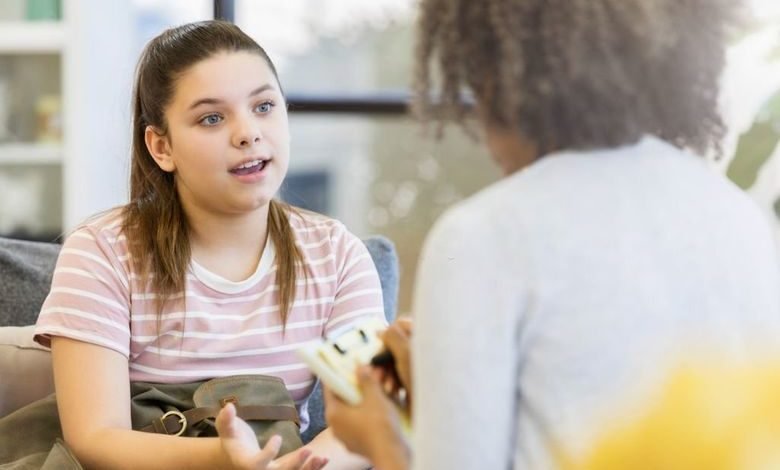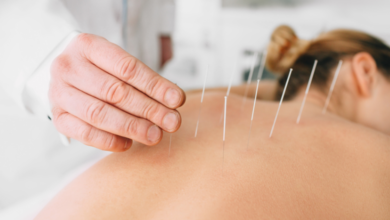The Different Types of Therapy for Teens

There are many different types of therapy available to help teens struggling with mental health issues. In this article, we will explore some of the most common types of therapy and how they can help. Keep reading to learn more about the different types of therapy for teens, and if you find yourself or your teen struggling, be sure to navigate to CharlieHealth.com for the next steps.
Group Therapy
Group therapy is a form of therapy that is often used with teens. It can be helpful for a variety of reasons, including providing a sense of community, teaching problem-solving skills, and helping to build self-esteem. Group therapy can also be a place where teens can share their feelings and experiences with others who are going through similar things.
If you are thinking about enrolling your teen in therapy, there are a few things to keep in mind. First, it is important to find a group that is right for your teen. There are many different types of group therapies, so it is important to find one that will meet your teen’s needs. Second, it is important to discuss the group with your teen. He or she should know what to expect and why you think group therapy would be helpful. Finally, it is important to make sure that your teen is ready for group therapy. Group therapy can be beneficial, but it can also be challenging. Your teen should be prepared to share personal information with others and to listen to others share their experiences.
Mindfulness-Based Cognitive Therapy
Mindfulness-based cognitive therapy (MBCT) is a form of cognitive therapy that combines mindfulness meditation with cognitive behavioral therapy. MBCT is a treatment for depression and anxiety disorders. It was developed in the 1990s by Zindel Segal, John Teasdale, and Mark Williams. MBCT helps people become aware of their thoughts and feelings so that they can better manage them. The goal of MBCT is to prevent depressive episodes from occurring.
Cognitive Behavioral Therapy
Cognitive Behavioral Therapy (CBT) is a type of psychotherapy that is used to help teens manage their thoughts and feelings. CBT is often used to treat mental health conditions such as depression and anxiety. CBT can also be used to help teens manage other problems such as anger, stress, and addiction. CBT is “talk therapy,” which means that it involves talking to a therapist about your thoughts and feelings. The therapist will help your teen to understand how your thoughts and feelings are impacting your behavior. The therapist will also help your teen develop skills to manage your thoughts and feelings in a healthier way.
Dialectical Behavioral Therapy
Dialectical Behavioral Therapy (DBT) is a form of cognitive-behavioral therapy that has been found to be effective in the treatment of a number of mental health disorders in adults, including borderline personality disorder, suicidal thoughts, and eating disorders. A growing body of research suggests that DBT may also be helpful for adolescents who are struggling with mental health issues. DBT is a comprehensive treatment approach that emphasizes the use of mindfulness and cognitive-behavioral techniques to help people regulate their emotions and behavior. The goal of DBT is to help people learn how to effectively manage their emotions and develop healthy coping skills.
Eye Movement Desensitization and Reprocessing Therapy
Eye Movement Desensitization and Reprocessing (EMDR) is a powerful psychotherapy treatment that has been found to be effective for a wide range of issues. EMDR therapy is an eight-phase treatment that helps people process and heals the effects of traumatic life experiences. EMDR therapy is also effective for treating other emotional difficulties, such as anxiety, depression, and phobias. The purpose of EMDR therapy is to reduce the negative effects of traumatic life experiences and help teens achieve a more positive outlook on life. EMDR therapy can help teens feel more in control of their lives and can help them build positive relationships.
There are many different types of therapy that are available for teens. Each type of therapy has its own unique benefits that can help teens with their mental health. Some of the most common types of therapy include cognitive behavioral therapy, dialectical behavioral therapy, and EMDR therapy.





